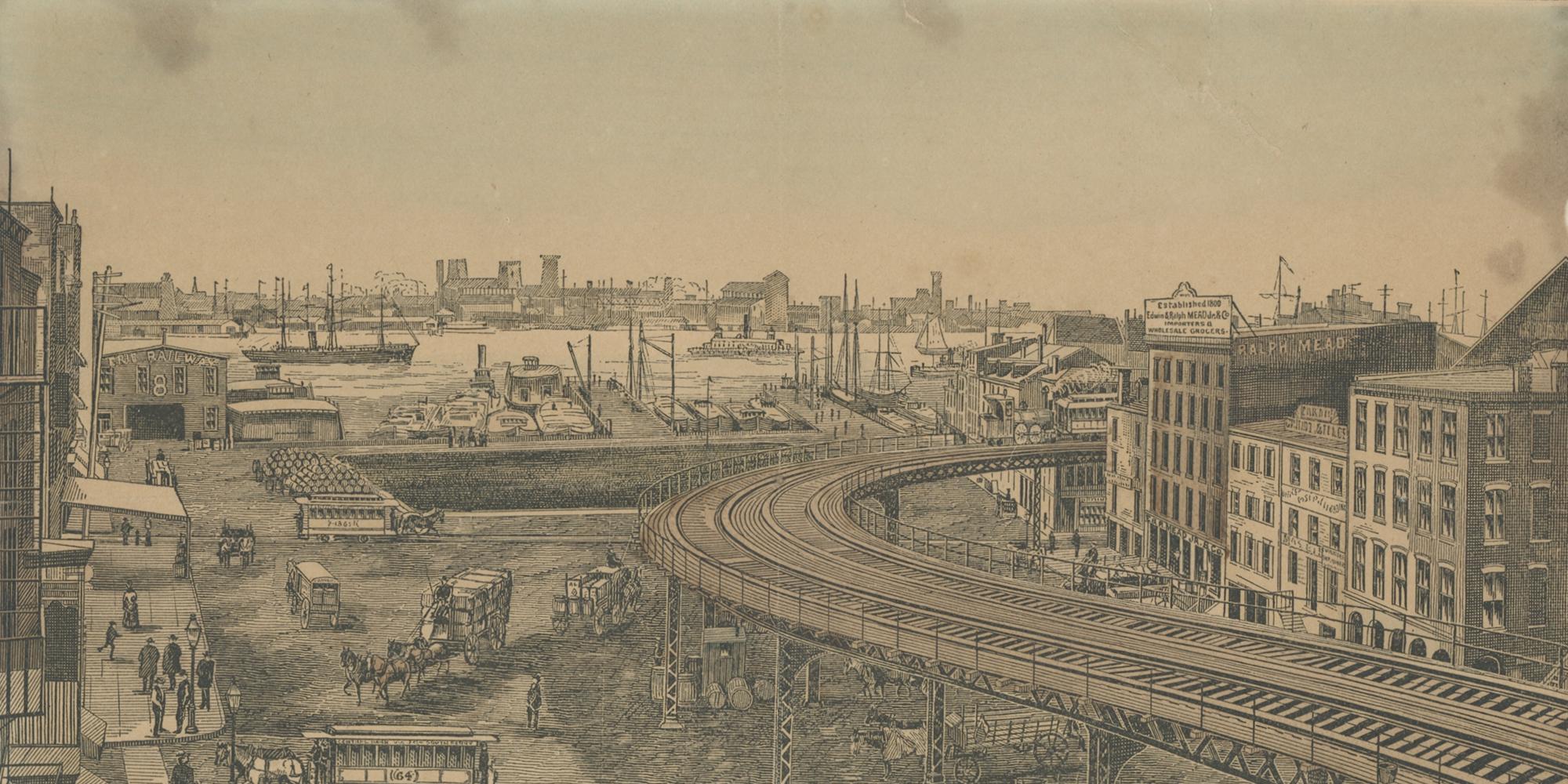July 6 | 12pm | 213 Water Street | Free
Join us for an exciting two-part program that explores the evolution of energy and transportation in New York City—two forces that have shaped the city’s identity and connected millions of people over generations.
By 1900, New York had grown into the largest city in the United States and the second largest in the world, with a population of over 3.5 million. As the city expanded into five boroughs, traditional modes of living—like relying on horses for transportation and candles for light—could no longer keep pace with the City that never sleeps. New Yorkers turned to innovation, revolutionizing how the city moved and was powered.
The program kicks off with Richard Miller, retired Vice President for Energy and Environmental Law at Con Edison, and Daniel Taft, Chief Engineer at Con Edison. Together, they will trace the origins of New York’s light and power systems, from the birth of electricity in Lower Manhattan in the late 1800s to modern-day innovations shaping the future of energy in the city.
In the second part of the program, Polly Desjarlais, Content & Research Manager at the New York Transit Museum, and John Tauranac, former Chair of the MTA subway map committee and Creative Director of the 1979 New York City subway map, will take attendees on a fascinating journey through the history of public transit. Explore the rise of the cable car, elevated railways, and subways, and learn how transit mapping has played a critical role in how New Yorkers navigate the city.
Advanced registration is encouraged, but walkups will be accommodated as possible.
Please Note This is a Past Program, Event, or Activity
You are viewing an archived page for a program, event, or activity that has already taken place. In most cases these pages are no longer actively maintained and because of that may contain inaccurate or out-of-date information. These pages are left publicly viewable to preserve institutional memory and to allow the public to learn more about the types of programs, activities, and content created and made available by the South Street Seaport Museum throughout its history.
About the Speakers
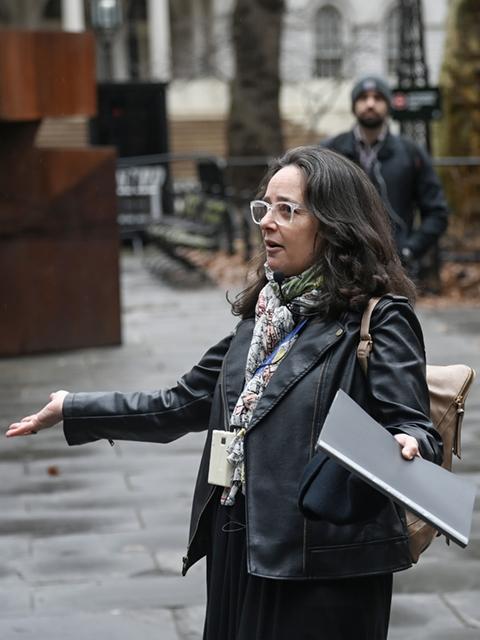
Polly Desjarlais is the Content & Research Manager at the New York Transit Museum, where she has worked for almost 20 years. She hails from the United Kingdom but made Brooklyn home in the mid 1990s and found a way to put her BA in Historical, Political and Philosophical Studies to use by joining the Transit Museum’s Education Department. Being a life-long city-dweller, she is interested in how cities work and the role that urban transportation plays in their history and development. She is passionate about the past she is immersed in and making Museum experiences fun, interesting and relevant for everyone.
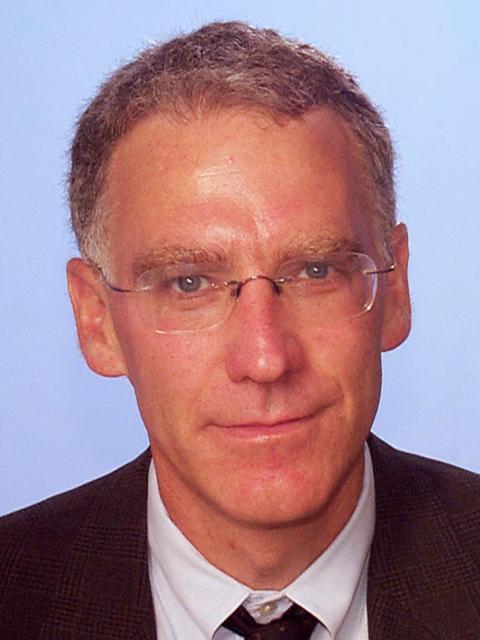
| Richard Miller retired as Vice President for Energy and Environmental Law at Con Edison in 2023. He joined Con Edison in 2003 and worked on various matters for the Company, including federal energy policy, energy efficiency, renewable power, greenhouse gas regulation and the Con Edison steam system. Previously (1998 to 2003), he was Senior Vice-President for Energy at the New York City Economic Development Corporation, where he oversaw City energy policy during the transition to restructured electric markets. He is also a former President of the Northeast Energy Bar Association and Transportation Alternatives Board member. He wrote an article for the History section of Power & Energy Magazine entitled “Pearl Street Station: Powering The FirstDistribution Network. He is a graduate of Amherst College and New York University School of Law and was a Peace Corps Volunteer in Togo, West Africa. He lives in Brooklyn and has used the bicycle as his primary form of transportation since 2003. He currently averages about 5,500 bicycling miles annually in the City for commuting, running errands, and leisure trips (especially to Fort Tilden in the Rockaways). His published articles include an article that argues that a human on a bicycle is our best form of renewable power and another that he wrote with his spouse Aviva Goldstein for the Daily News on how to be a safe cyclist in New York City. |

Daniel Taft received a Bachelor of Engineering in Electrical Engineering from Stevens Institute of Technology and a Master of Engineering in Electric Power from Rensselaer Polytechnic Institute. He has over forty years’ experience in the electric power industry, including protective relaying, ground fault interrupters, and surge suppression at General Electric and Hubbell, Inc. He was an Engineer in the Office of Electric Reliability at FERC. At Con Edison he was a Senior System Operator and a Manager of Transmission Planning, prior to his present role as Chief Engineer.
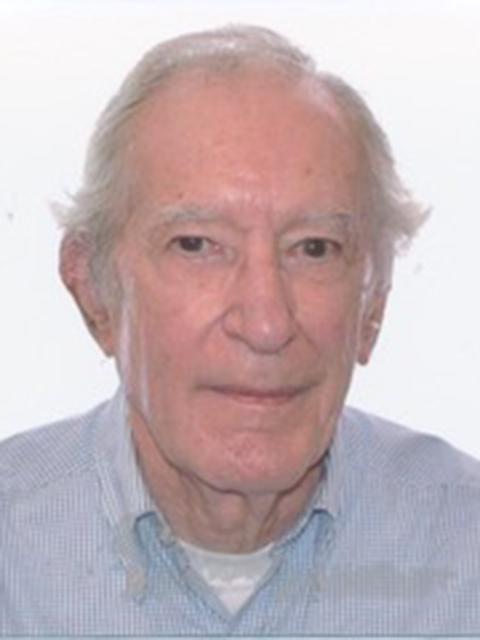
| John Tauranac writes on New York City’s social and architectural history, a subject that he taught part time for almost forty years at NYU’s School of Continuing & Professional Studies. His books include New York’s Scoundrels, Scalawags, and Scrappers: The City in the Last Decade of the Gilded Age; Manhattan’s Little Secrets; New York from the Air; The Empire State Building: The Making of a Landmark; Elegant New York: The Buildings and the Builders, 1885–1915; and Essential New York. Wearing another hat, Tauranac designs maps. His first published map was “The Undercover Map of Midtown Manhattan,” in New York Magazine (1972). A year later, New York published a sequel of Lower Manhattan. He has written the guidebooks to the MTA’s Culture Bus Loops I & II, Seeing New York: The Official MTA Travel Guide was published in 1976, and it included a geographic map of the city’s subway system as well as strip maps, or non-geographic line descriptions, of the individual subway lines. He chaired the MTA subway map committee and he was the creative director of the 1979 New York City subway map. The 1979 map was called “The Best Subway Map in Years” by The New York Times and was awarded a Commendation for Design Excellence by the National Endowment for the Arts and the U.S. Department of Transportation. In celebration of the consolidation of Greater New York City in 1898, Tauranac was named a Centennial Historian of the City of New York by the Mayor’s Office in 1999. |
Partners
This program is presented in partnership with ConEdison, cultureNOW, Lower Manhattan Historical Association, New York Transit Museum, and South Street Seaport Museum.
cultureNOW invites you to explore our cities through maps, tours, pictures, drawings, and podcasts. We step beyond museum walls to celebrate our vast cultural environment.
Lower Manhattan Historical Association is first and foremost a community that celebrates the historic achievements of New York City’s founders and the on-going contributions of the social and professional elements that define America’s greatest immigrant gateway. The Association serves the people of New York as an educational resource and welcomes all residents and visitors into our community of volunteers.
New York Transit Museum is dedicated to telling and preserving the stories of mass transportation––extraordinary engineering feats, workers who labored in the tunnels over 100 years ago, communities that were drastically transformed, and the ever-evolving technology, design, and ridership of a system that runs 24 hours a day, every day of the year. ConEdison has fueled and sustained the growth of Greater New York for nearly two centuries. Today, we operate one of the world’s largest energy delivery systems, and provide electric, gas, and steam service for the 10 million people who live in New York City and Westchester County. From the lights on Broadway and financial markets of Wall Street, to boutiques in Brooklyn and homes on Staten Island, services touch every corner of the most exciting region in the country.
Enjoy More That the Museum Offers
Access to the Maritime City exhibition in A.A. Thomson & Co. located at 213 Water Street is included with this event. Access to the historic ships and introduction galleries at the Seaport Museum is not included with this event. If you would like to explore more that the Museum has to offer, book in advance or ask Museum staff about admission tickets, available Wednesday through Sunday from 11am to 5pm when you check in.
Museum admission tickets grant access to the 1885 tall ship Wavertree and 1908 lightship Ambrose at Pier 16 as well as all current exhibitions on view in the introduction galleries inside Schermerhorn Row located at 12 Fulton Street.
And, make sure to check out the temporary outdoor exhibition Signs of Origins while it is on view from October 1 through November 30!
